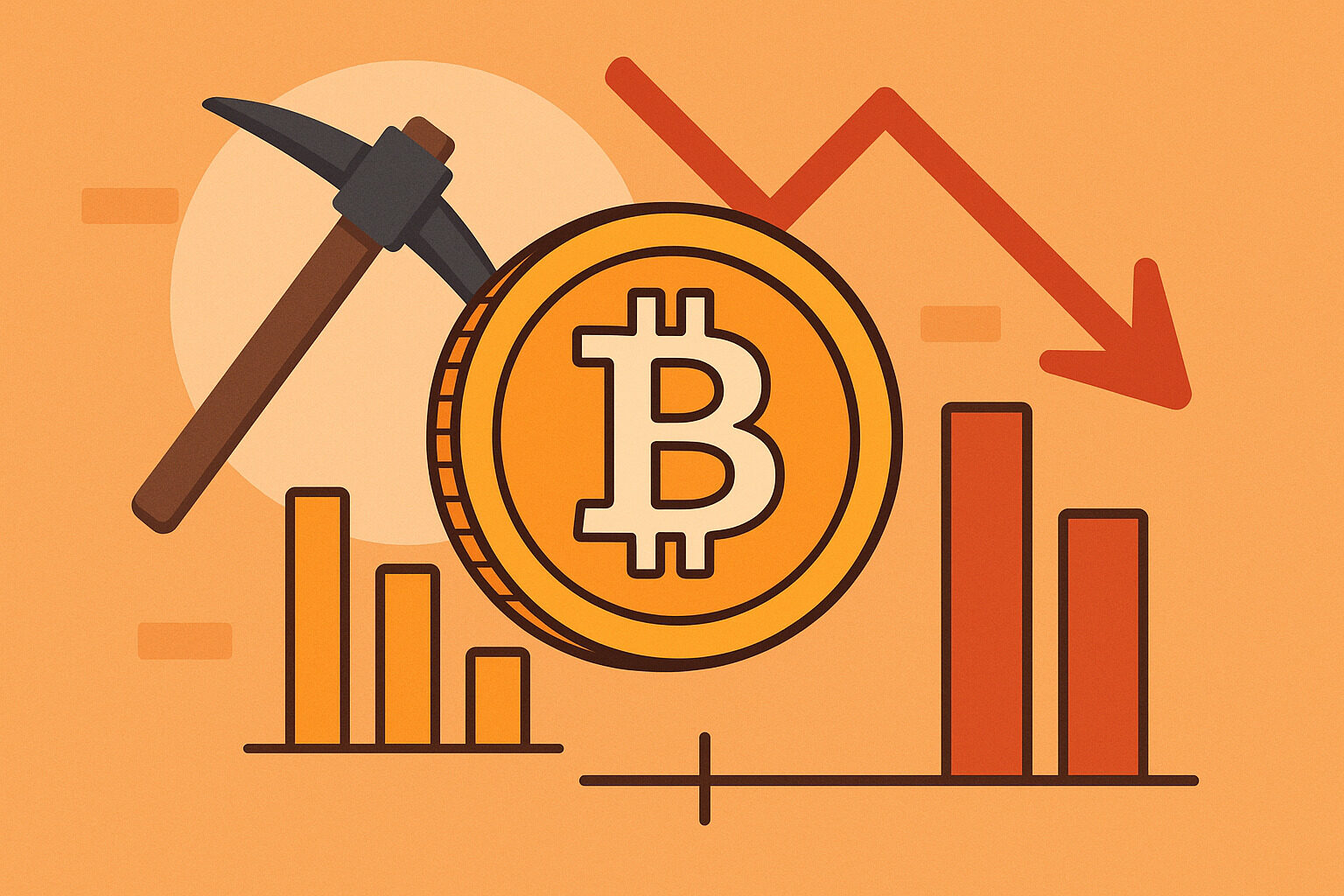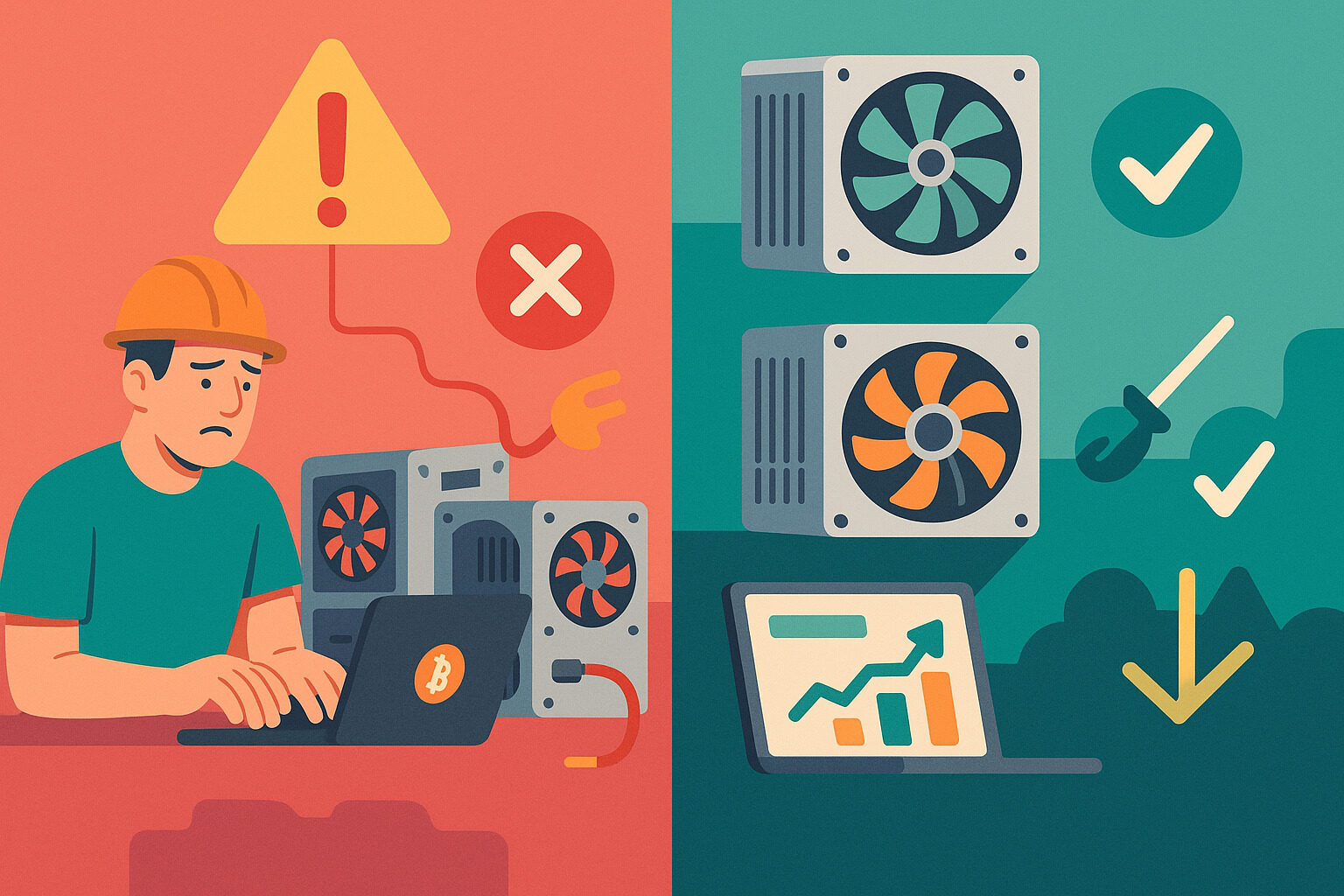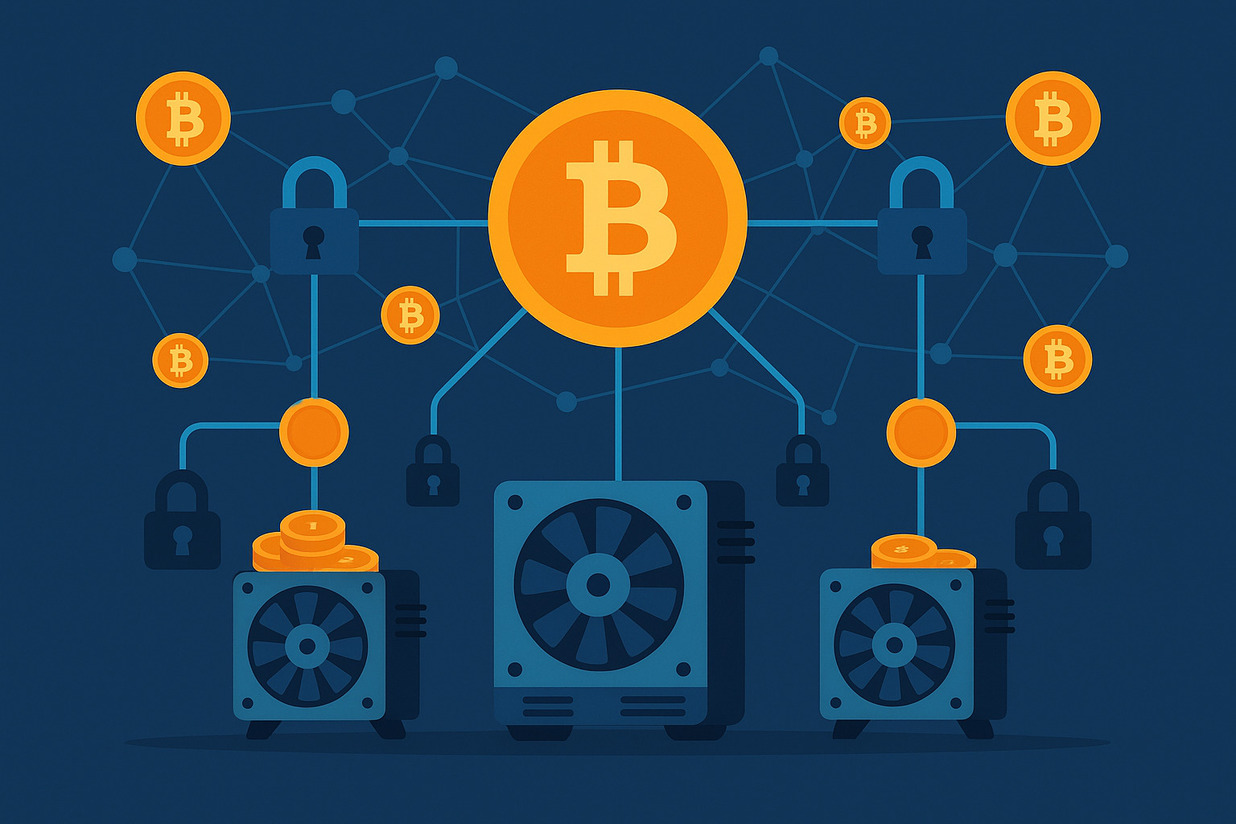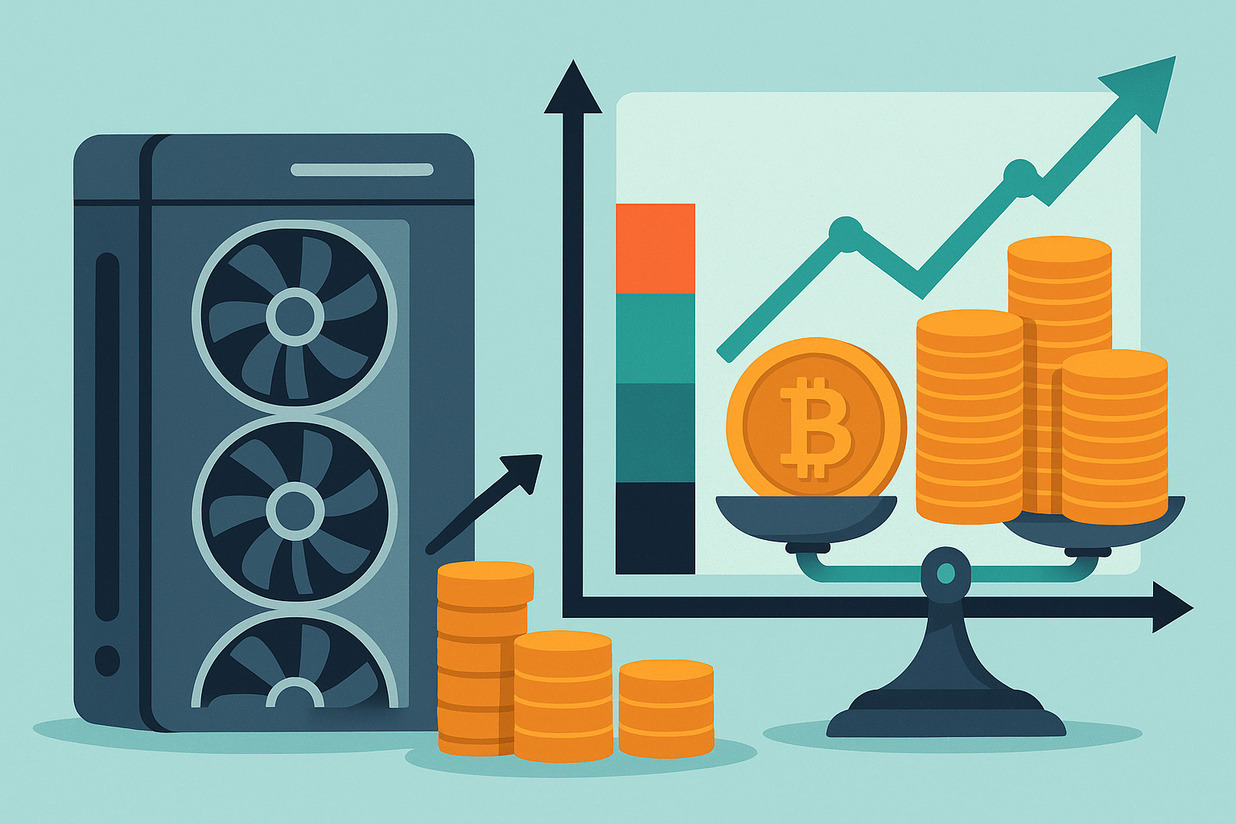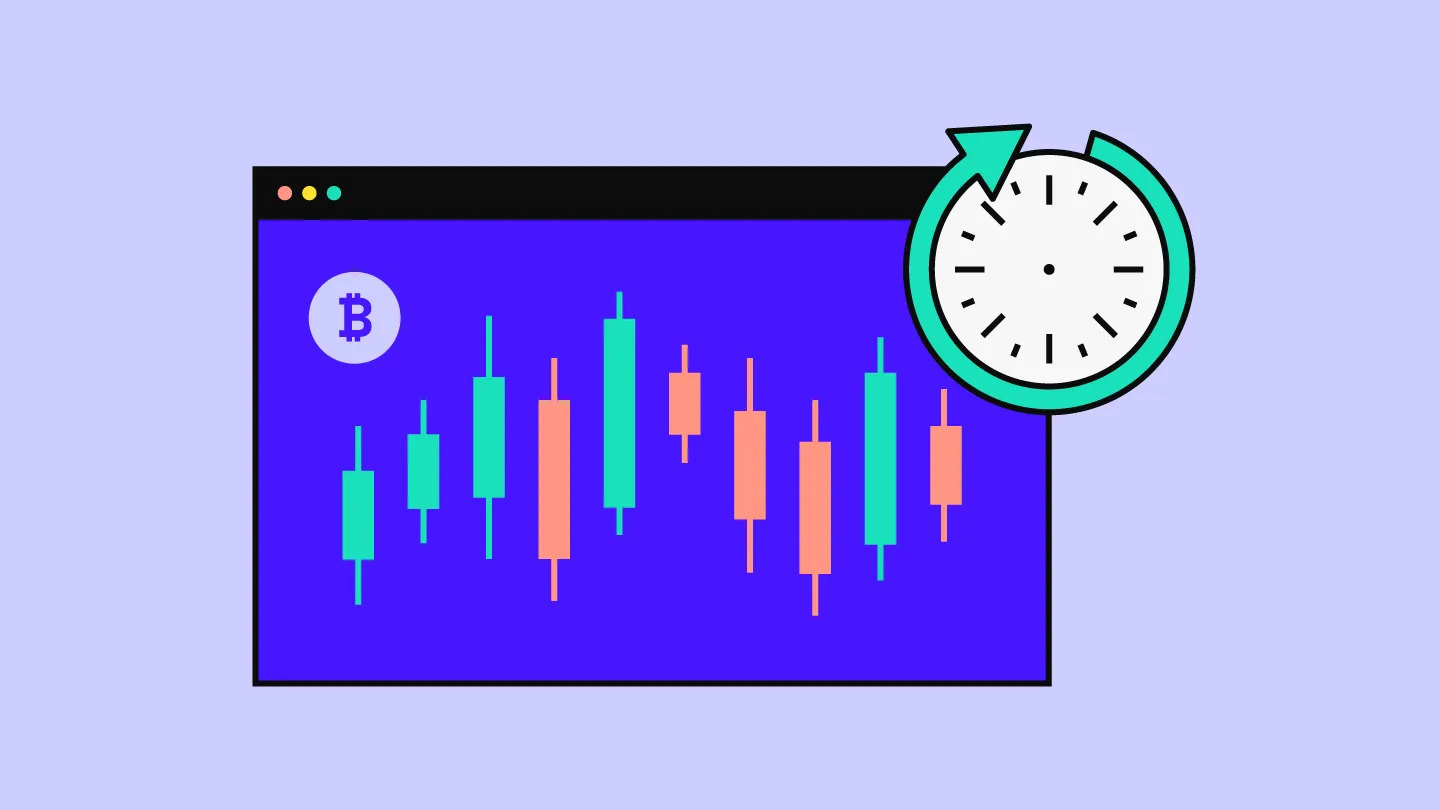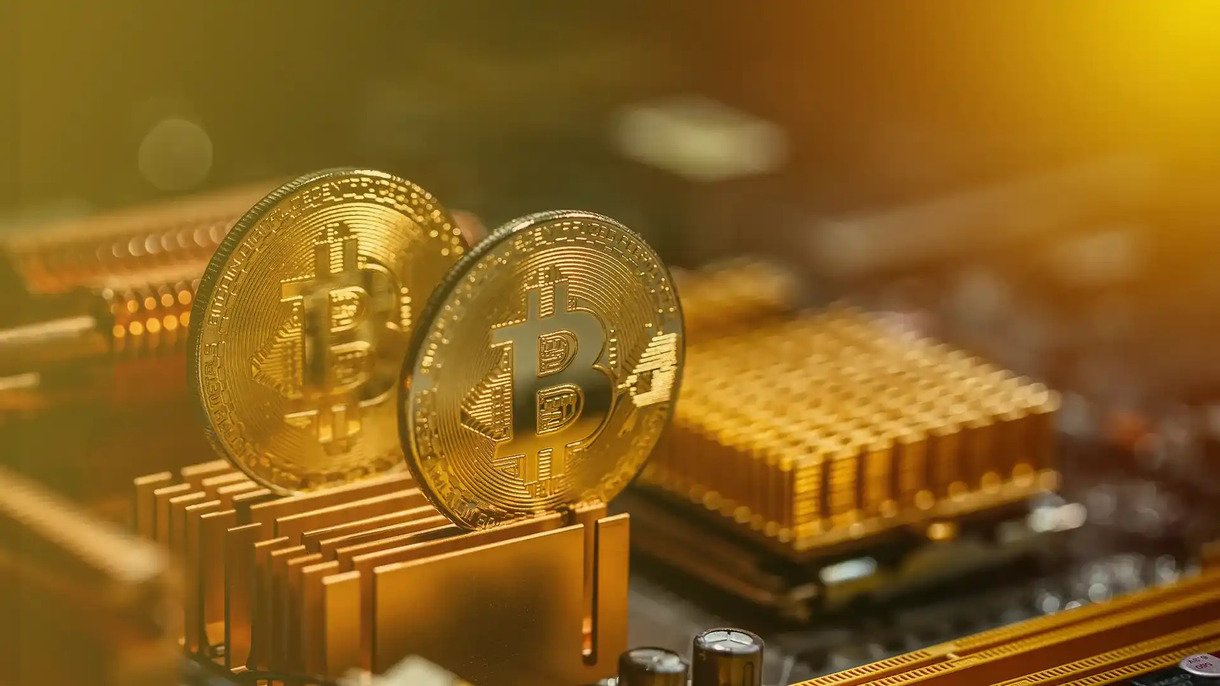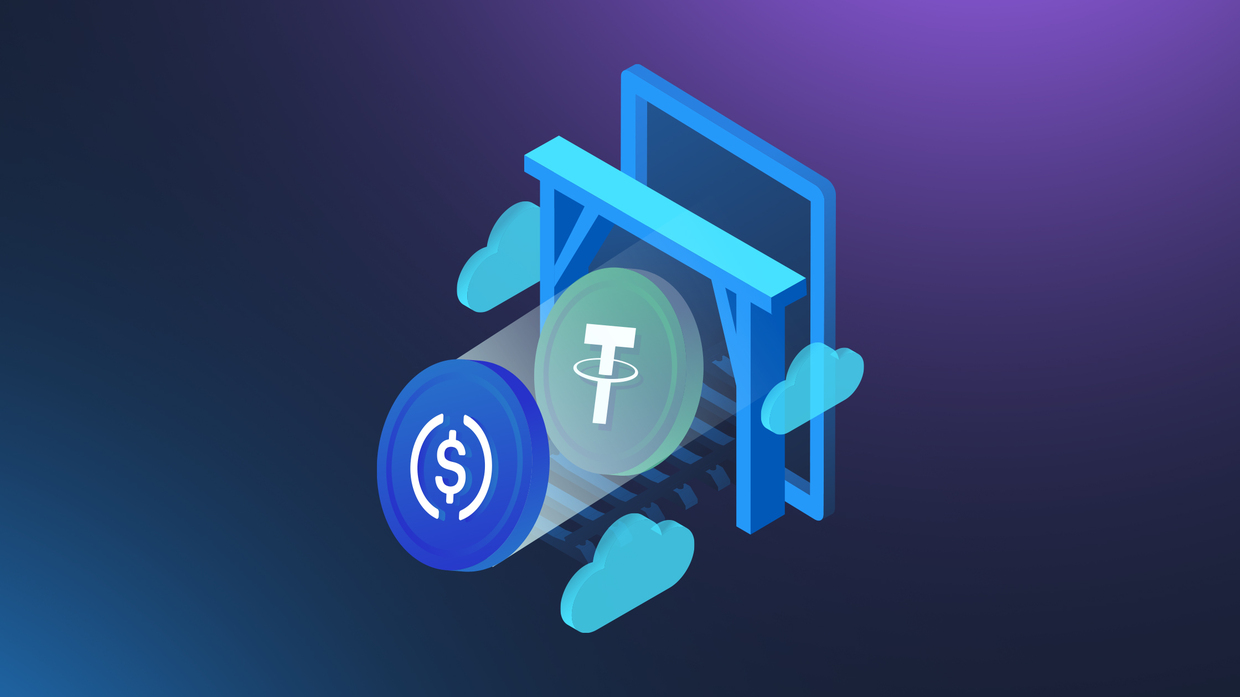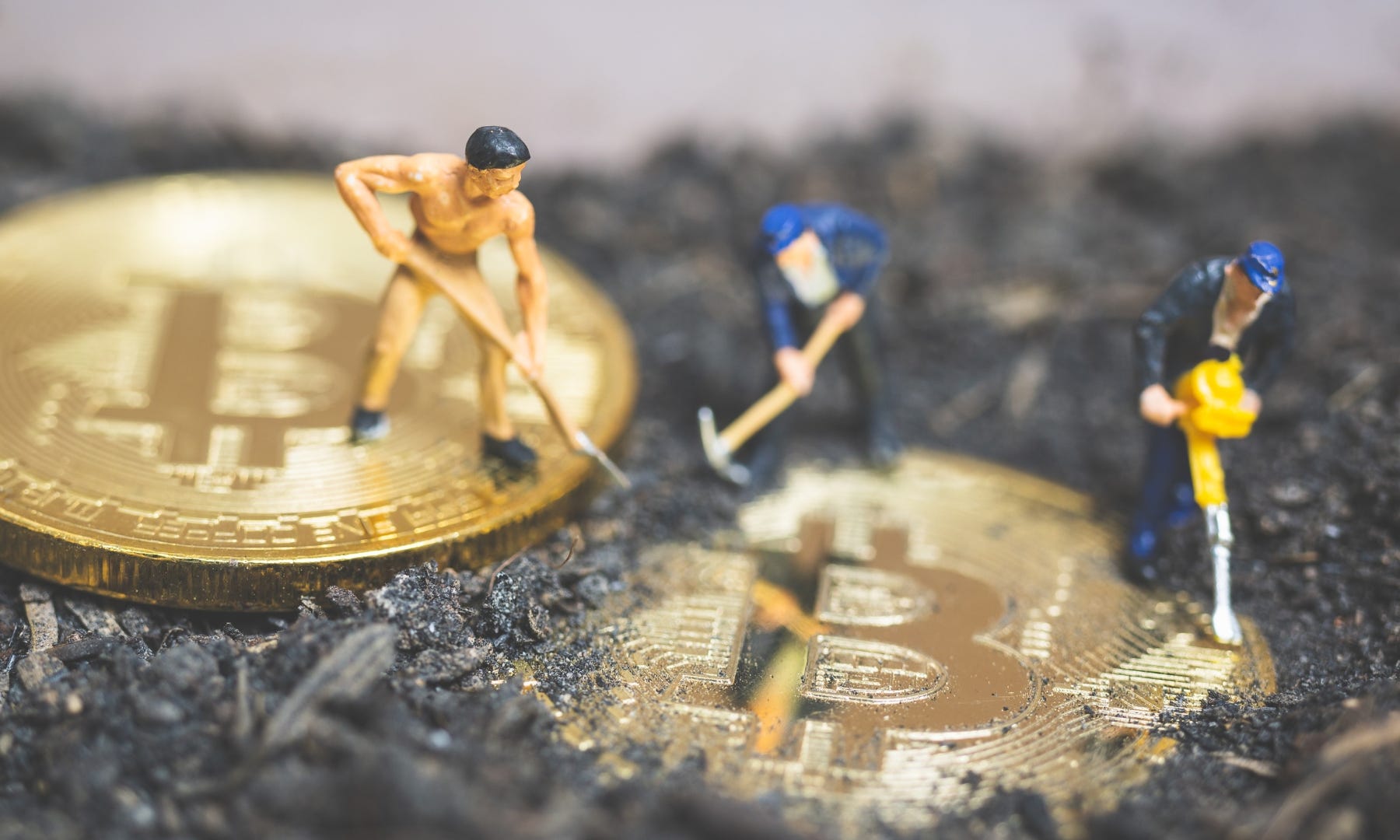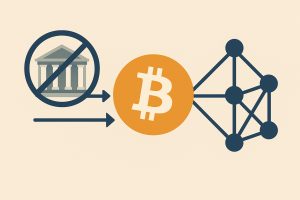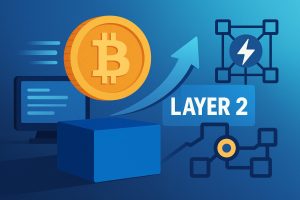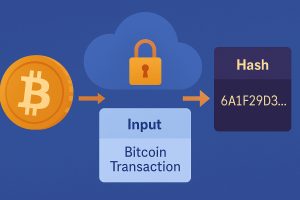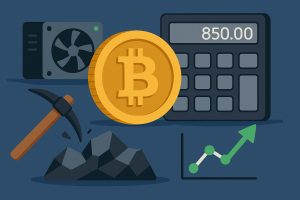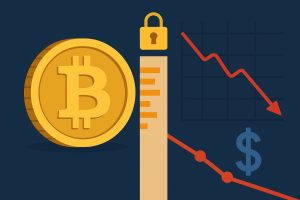Why Bitcoin Halving Events Are Watched Closely Bitcoin halving isn’t a random event—it’s one of the most anticipated moments in the cryptocurrency timeline. It happens roughly every four years and directly cuts the reward that miners receive for validating transactions. The impact stretches far beyond mining alone. The reason it matters is simple: fewer rewards […]
Explore The True Expenses Behind Bitcoin Mining Bitcoin mining started as a niche activity done on home computers. Now, it’s a full-scale industry drawing attention from investors, tech entrepreneurs, and even governments. The chance to earn bitcoin by helping secure the network seems appealing. But behind that promise lies a complex balance of cost and […]
Choosing the Wrong Hardware for the Job Starting off with the wrong equipment can cost more than just money. Bitcoin mining requires specialized machines known as ASICs. These devices are built for one thing—solving complex equations that support the Bitcoin network. Trying to use a regular computer or outdated miner often leads to wasted electricity […]
Why mining nodes matter to everyone using Bitcoin Bitcoin works without a central authority, which makes it different from traditional payment systems. But without banks or admins, how does it stay secure? The answer lies in mining nodes—those silent machines running in the background that play a major role in keeping Bitcoin safe and reliable. […]
Understanding why mining rewards rise and fall Bitcoin mining isn’t just about powerful machines solving complex math problems. There’s a rhythm behind it that many overlook. Mining difficulty plays a key role in how much a miner earns, and it’s a setting that quietly shifts every two weeks. For those running rigs at home or […]
Understanding Bitcoin Arbitrage in Real-Time Markets Bitcoin arbitrage involves buying Bitcoin at a lower price on one exchange and selling it at a higher price on another. Since price differences may last for only a few seconds, timing becomes everything. Traders who specialize in arbitrage must act quickly and rely on efficient tools to capitalize […]
Addressing the Energy Question Behind Bitcoin Bitcoin is a digital currency that doesn’t rely on banks or centralized institutions. Yet behind its decentralized nature lies a deep concern about the energy consumed to maintain the network. Every transaction recorded on the blockchain is verified by mining operations—a process that demands a massive amount of electricity. […]
Understanding the Role of Mining Software in the Process Mining software serves as the bridge between your hardware and the Bitcoin network. No matter how powerful your rig is, ineffective software can render your mining efforts inefficient. This software performs all the essential tasks—from checking hashes to receiving rewards. Beyond acting as a connection point, […]
The Continuous Growth of Cryptocurrency Mining With the rise of cryptocurrency, mining has become a crucial part of its ecosystem. For those looking to enter the mining industry, there are two primary methods: cloud mining and hardware mining. But which one is better? Choosing the right method significantly impacts your earnings, expenses, and long-term viability […]
Boosting Mining Efficiency Through Collaboration Cryptocurrency mining is a complex and competitive process that requires significant computational power. For individual miners, obtaining a block reward is an enormous challenge due to the intense competition in the network. Because of this, many miners join mining pools to combine their resources and increase their chances of earning […]
